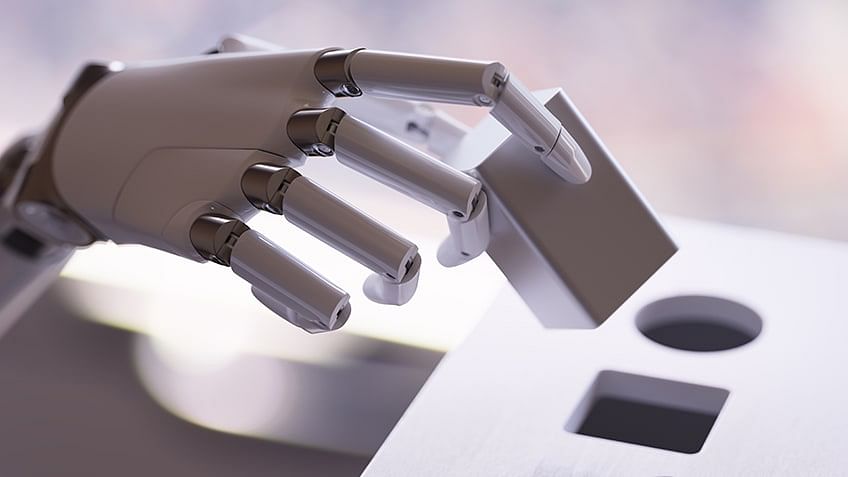7 Trends Daily
Stay updated with the latest insights and trends across various sectors.
When Machines Dream: The Surprising Side of AI
Discover the unexpected world of AI dreams and what they reveal about technology and creativity. Prepare to be amazed!
What Happens When AI Dreams? Exploring the Inner Workings of Machine Learning
When we talk about AI dreaming, we embark on an intriguing exploration of how machine learning systems process information. Unlike the organic dreams of humans, AI dreams can be understood as a simulation of learned patterns and associations derived from vast datasets. By analyzing data, these algorithms create new outputs that reflect their training but are generated through a complex web of interconnected neural networks. This allows AI to create novel content, images, or scenarios based on what it has previously 'seen' and 'learned'.
Moreover, the concept of AI dreaming raises profound questions about the nature of creativity and understanding in machines. For instance, when AI systems generate art or music, it reflects not simply imitation but a unique blend of learned information. Generative AI uses dream-like processes to create outputs that can be surprisingly sophisticated. As this field continues to evolve, researchers are focused on unlocking deeper insights into how these systems 'think' and 'imagine', illuminating the boundaries between artificial and human creativity.

The Unexpected Creativity of AI: Can Machines Dream Like Humans?
The Unexpected Creativity of AI has sparked a myriad of discussions around its potential to mimic human cognition. While machines have traditionally been seen as tools executing predefined tasks, advancements in AI technology are pushing the boundaries of creativity. According to MIT Technology Review, AI is not just limited to data processing; it can generate art, compose music, and even write poetry. This raises the compelling question: Can machines dream like humans? The challenge lies in understanding whether the creative output of AI originates from genuine inspiration or merely reproduces patterns based on learned data.
One fascinating dimension of this exploration is the creative algorithms employed by AI systems. For instance, neural networks, particularly Generative Adversarial Networks (GANs), have revolutionized how machines create visual content. As reported by Science Daily, these AI systems are capable of producing artwork that can be indistinguishable from that created by humans. Yet, despite this impressive ability, many argue that AI lacks the subjective experience and emotional depth inherent to human creativity. Essentially, while AI can simulate creative processes, the dreamlike state characterized by human imagination may remain elusive for machines.
How AI Is Transforming Art and Music: A Journey into Machine Imagination
Artificial Intelligence is revolutionizing the creative landscape, affecting both art and music in unprecedented ways. Artists are increasingly turning to AI-driven tools to enhance their creative processes, utilizing algorithms to generate unique designs and compositions that challenge traditional notions of authorship and originality. For example, AI models like DALL-E and DeepDream have empowered creators to explore new aesthetic realms, transforming their visions into striking visual art. As these tools become more sophisticated, they are poised to become an integral part of the artistic toolkit, facilitating collaboration between human ingenuity and machine learning.
In the realm of music, AI is not just a tool but a collaborator, inspiring new genres and sounds that push the boundaries of human creativity. Musicians can now utilize platforms like Amper Music and AIsynth to generate musical scores tailored to their specifications, allowing for a seamless blend of man-made and machine-made compositions. This partnership between humans and machines fosters a unique journey into machine imagination, where the possibilities of sound are limitless. As this partnership evolves, both art and music continue to reflect the dynamic interplay between technology and creativity, inviting audiences to experience creativity in unexpected ways.